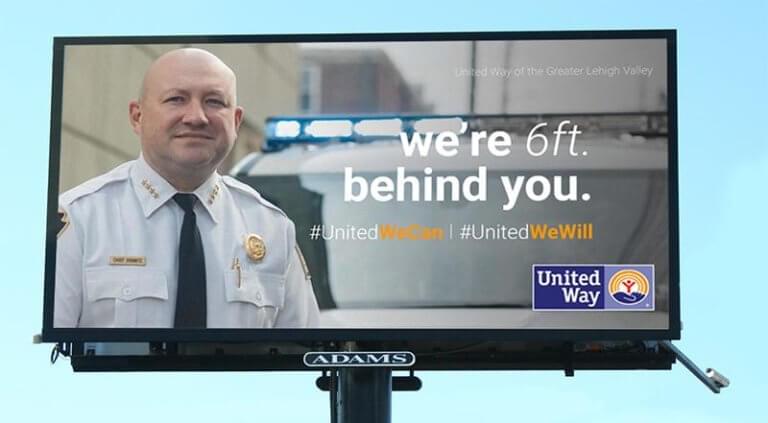
Amidst the global pandemic, the advertising industry has once again shown that nothing can bring it to a halt. Worldwide, COVID-19 has led numerous businesses to pause normal operations, with some even being forced to shut down temporarily or permanently. It’s true that some of these closures and shutdowns will have long-term effects on the ad industry but there are plenty of large corporations whose need for advertising has remained strong or even increased during the pandemic.
Despite facing some early challenges, the ad world seemed as though it was able to bounce back faster than most. In Toronto, advertising agencies were amongst the first to have their employees begin working from home. In most cases, advertising agencies work with large client lists, which means much of the day-to-day tasks are done by phone, video conference, or emails anyway. This method of working made the change from the office to the at-home environment much easier than it was for many other industries.
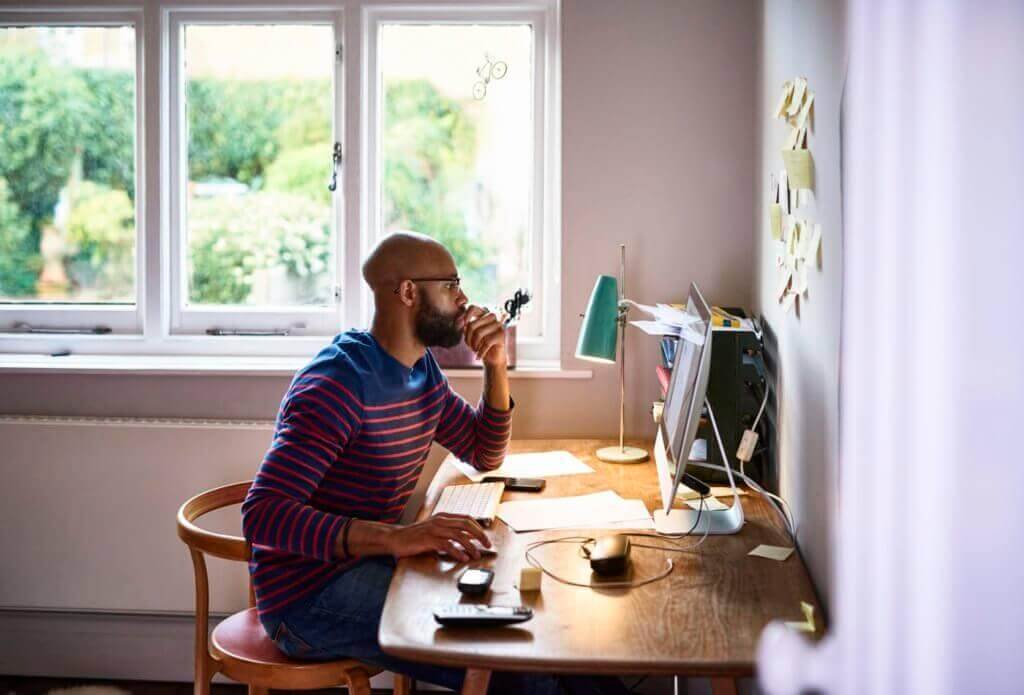
With regional and national stay-at-home and physical distancing orders, businesses saw some of the lowest sales of their products. But even still we saw ads coming out through all media types. And while many of those ideas were extremely creative and original, this blog will highlight the some of the common elements of advertising that brands relied on during this time, as well as list the seven best billboards that were created in the face of COVID-19.
Advertising response to COVID-19
With the pandemic threatening the livelihood of businesses and organizations around the world, advertisements themselves became a vital tool in promoting the online accessibility of many these businesses. But the ads we saw post-pandemic as opposed to those before were drastically different. However, there were a few key elements that spanned across ads regardless of the brand or product being advertised.
Sensitivity
As of June 7th there were over 400,000 deaths due to the virus. With such a staggering number of people dying across the globe, it makes sense that the first thing all brands must do when advertising is be cognizant of the situation. So naturally most of the ads at the start of the quarantine focused on telling people to stay home and obey social distancing rules in order ot save lives.
Likewise, ads that featured people enjoying the company of others were pulled immediately or stopped from going to market. Even ads that contained people within close proximity to one another began to disappear. Similarly, ads for restaurants were either taken off the air completely or altered to fit within the new context of the pandemic.
Togetherness and connectivity
As people spent longer periods of time apart, we began to see the frequency of ads about staying virtually connected increase. Because we couldn’t have face-to-face interactions with one another, brands pushed messages about making calls to family and friends through phone or video. One of the common lines heard in respect to this was about checking in on loved ones. Equally, messages about mental health and well-being were widespread.
While telecommunications companies such as Rogers and Bell utilized this technique, they weren’t the only ones who focused on connectivity and togetherness. At one point, it seemed like almost every ad being put to market contained similar messaging structured around the idea of staying apart so we can go back to how things were before.
Brands really began to push the ideals of togetherness and solidarity over the importance of their own products and brands that didn’t do so – instead maintaining regular programming – were looked upon in negative light. However, terms like , “at times like this,” and, “in these unprecedented times” were so overused that viewers started to question the authenticity of the ads.
People focus
Related to ideas of togetherness, advertisements featured people-focused messages. These ads placed people at the forefront, rather than touting the benefits of a specific product or brand.
A huge reason messages of this nature came into play is because brands quickly realized that consumers would be watching and judging how they treated their employees during the pandemic.
Thank you frontline workers
Ads that focused on thanking frontline workers were some of the most commonly seen and heard-about ads across all forms of media. From radio to television, YouTube pre-roll ads to newspapers, these messages were everywhere. Very few added any creative sparkle or brand messaging which would have inappropriate given the circumstances.
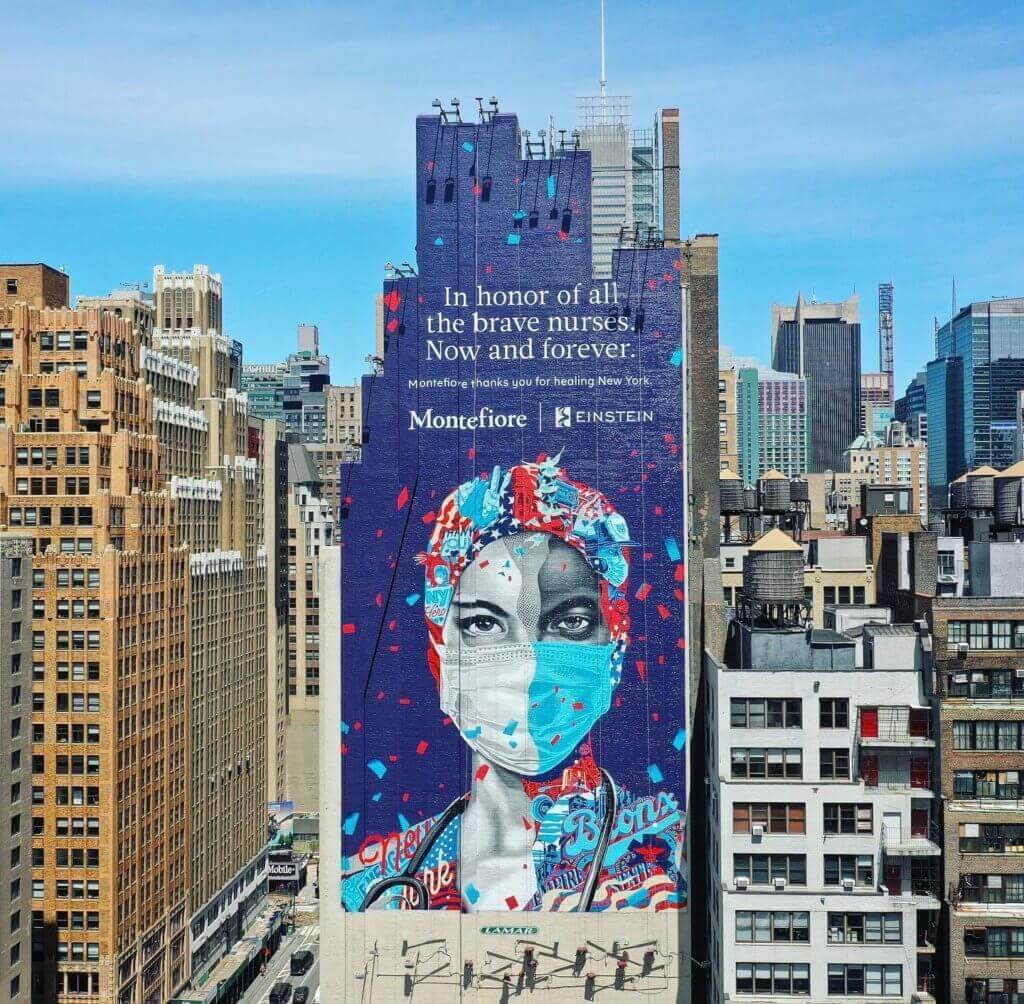
Safety
Safety of both the employee and the consumer became major elements of ads during COVD-19. This is especially true for the restaurant and food services industries. This is also why we saw a large spike in the number of ads that contained information about online ordering options and contactless delivery.
These ads showed the way businesses were changing their operations to follow social distancing mandates. For example, in the ads we are seeing now, people do not come in contact with one another and most people are wearing masks whereas before images of people sitting and eating together were highly visible.
The Top 7
All of this is not to say that brands couldn’t create impactful and creative billboards while remaining within the new confines created by COVID-19. It’s true that, at first, we saw a more serious tone about staying home to help save lives. Only recently have more light-hearted and clever ads surfaced, as brands played off common elements of the ‘new normal.’
There were a lot of billboards put out during this time period, but for the purposes of this article we’ll focus on the ones that were fun, creative and maintained strong brand messaging while still being sensitive to the topic at hand.
1. United Way
The idea of staying six feet apart is common practice nowadays, but it was a relatively new concept at the beginning of quarantine procedures. Prior to all of this, it was rare to see people maintaining distances of six feet from one another – especially in metropolitan cities.
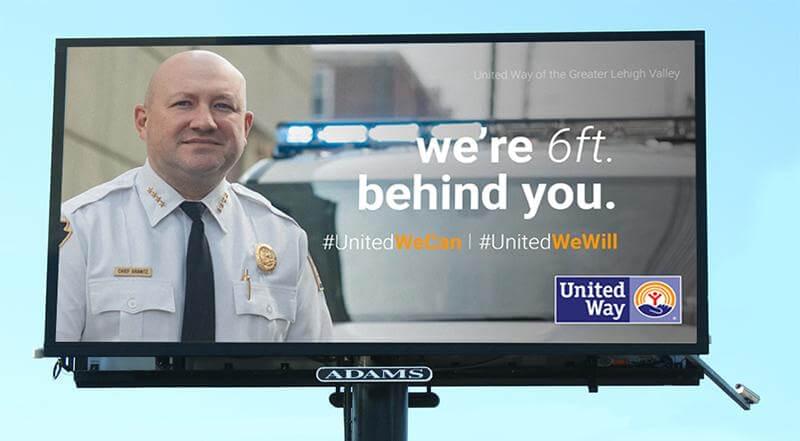
This billboard done for the United Way cleverly used the idea of socially distancing and paired it with their brand message. United Way has been around since the 1880s and focuses on community assistance – primarily in the areas of education, health and income. By connecting social distancing measures to their community commitment, United Way was able to appropriately advertise themselves during the pandemic whilst also showing their empathy and understanding of the situation.
2. Coca-Cola
An extremely common advertising technique that was seen at the beginning of the pandemic was that of socially distanced logos. It’s hard to be sure who the first brand or company to utilize this idea actually was, but the first billboard that applied this technique was done by Coca-Cola. In March of this year, around the same time quarantine measures were put into effect, Coke debuted its socially distanced logo in Times Square.
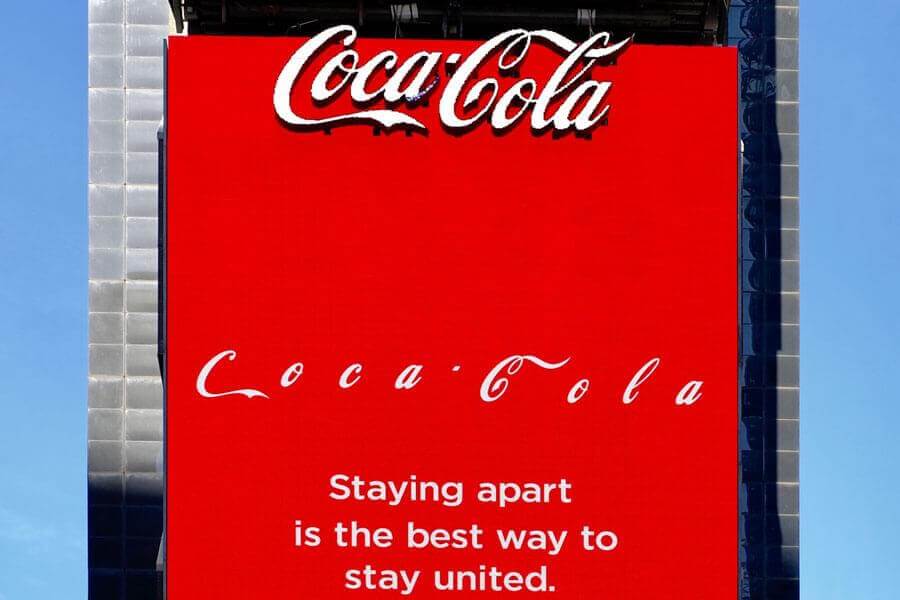
The fad of socially distancing the letters in a brand’s name or logo was quickly applied to brands and companies across virtually every industry. But as quickly as they surfaced, they began to disappear as critics started to wonder if these brands were only doing it to be part of a trend, thus seeming somewhat insensitive to the situation.
3. Choctaw Casino
As we began to realize that the pandemic would go on longer than originally thought, brands found more playful ways to advertise. Headlines such as this one done for Choctaw Casino and Resort in Oklahoma made light of the situation without being unsympathetic.
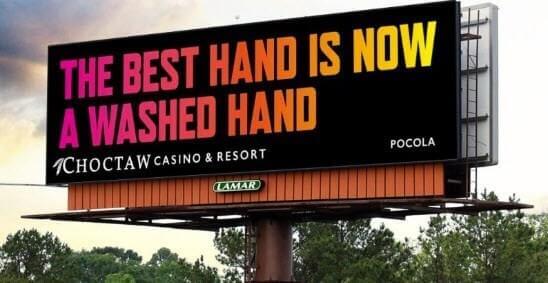
While it seems like common sense (even without the occurrence of a pandemic), the importance of handwashing became a major staple of news articles everywhere. Using this to their advantage, Choctaw creatively connected playing cards and washing hands while also being senstive to the issue.
4. Burger King
Face masks are the new normal, but prior to COVID-19, it was rare to see people wearing face masks as they went about their daily tasks. By putting a mask over one of their drive-thru speakers, Burger King reminded customers how important it was to stay safe during such trying times.

But just like socially distanced logos, we began to see face masks being put over everything and the idea quickly became tired and uncreative.
5. Netflix
The line, “You’ll never work in this town again,” is commonly heard in movies and television shows about Hollywood. Borrowing that line and putting a positive twist on it works perfectly for a brand like Netflix, who needs the return of Hollywood so they can continue streaming new content for their viewers.
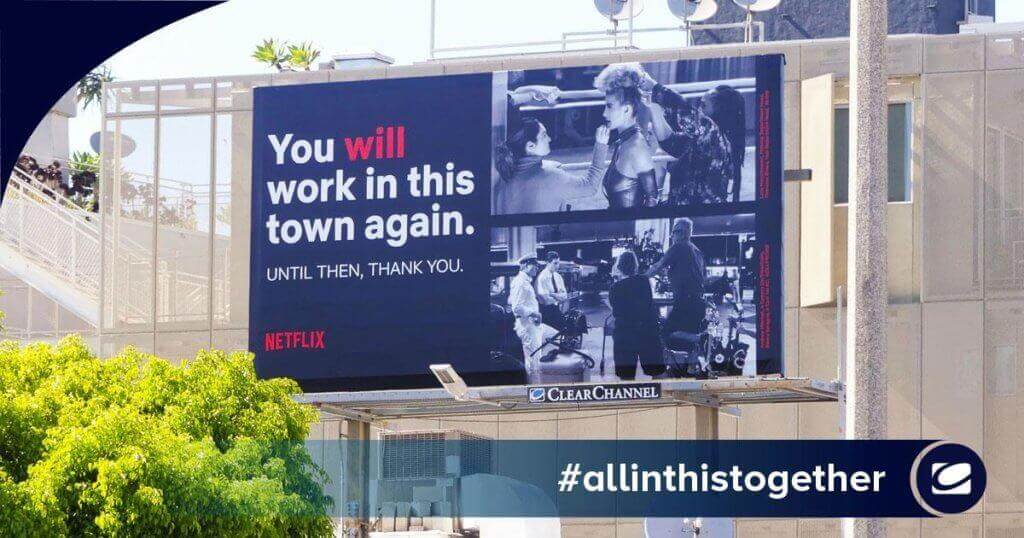
There was another set of ads for Netflix that didn’t get to market, but the idea behind them was possibly one of the most creative executions to come out of COVID-19. The ads were created by students at the Miami Ad School in Germany and used show spoilers on out-of-home ads to get people to stay inside.
6. #ItsAllRightNow
By May, ads about things getting back to normal, such as this one in Toronto that showcases public art, started to surface. All the ads in this collection are pieces created by Toronto artists and focus on the pandemic. The purpose of the campaign is to give people an artistic way to express their feelings about COVID-19. From billboards to civic landmarks, the artwork will be showcased in a variety of places across the city until the end of June.
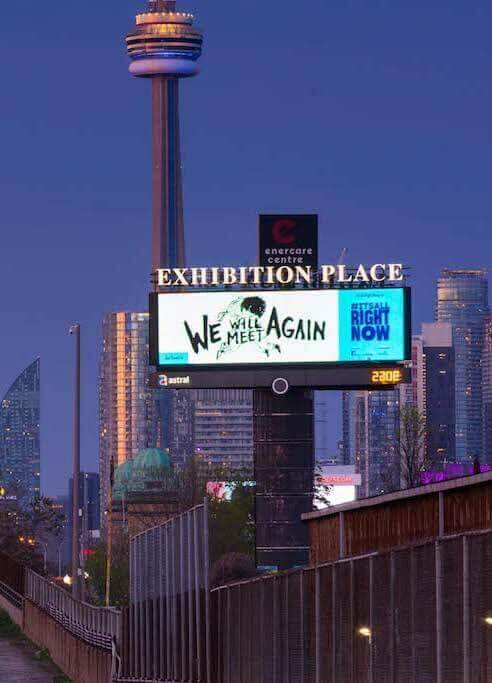
7. Clear Channel
This out-of-home advertisement was recently put out in the United Kingdom, but it’s definitely a sign of things to come. As society moves toward reopening phases worldwide, brands will begin playing off ideas such as humans seeing the themselves ads once again, or the simple fact that brands themselves are even able to advertise again.
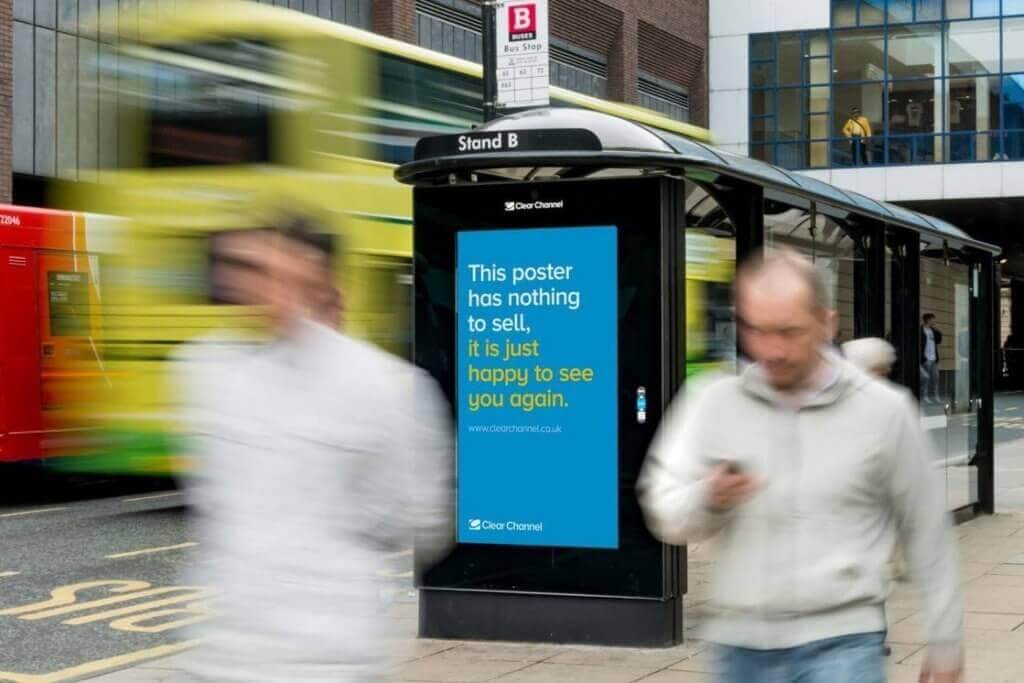
As we near the end of COVID-19
With stores and businesses starting to reopen and things going back to ‘normal,’ it’s still unclear if advertising will ever return to its former state. It’s hard to know if the look, shape, and feel of ads will return to their pre-COVID form, and due to losses during this period, brands won’t have as large of advertising budgets needed to pay agencies. However, one thing is for sure –advertising is a proven way to connect with consumers’ wants and needs, so it’ll be necessary for companies to advertise if they wish to stay in business.


